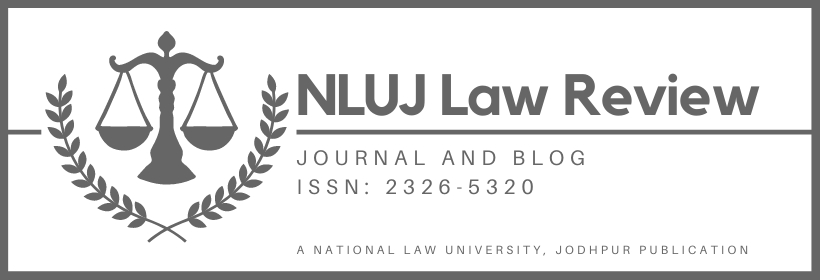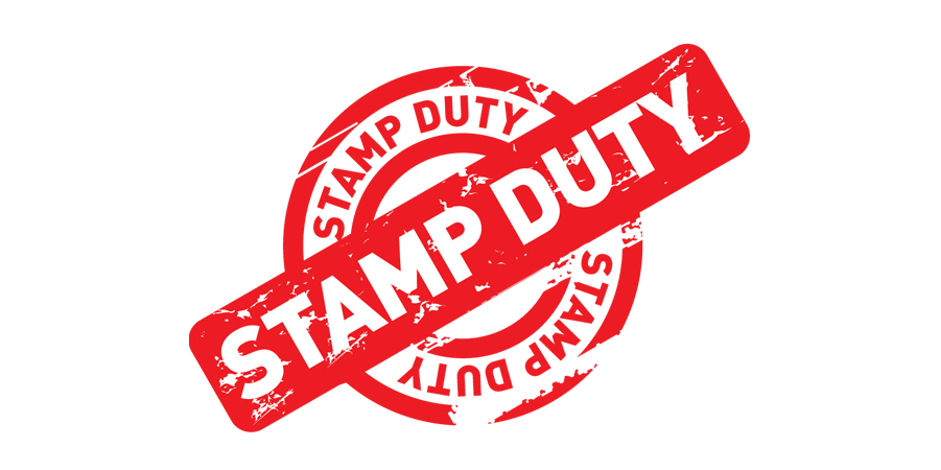The catastrophic global pandemic caused by the outbreak of Covid-19 has not only become a tragedy to human life but has also brought the global economy to its knees. With the pandemic being termed as the “Humanity’s darkest hour”, the Indian economy does not appear to be protected from it. In wake of minimizing the impact of the pandemic, the Ministry of Finance has taken some bold steps, including the suspension of Insolvency and Bankruptcy Code, 2016 (“IBC”) for a period of 1 year. In the aftermath of this catastrophe, the country is moving into recession. The government and the law makers need to be prepared for the post-suspension era, wherein, the courts would be flooded with insolvency petitions. In these circumstances, they would have to balance the conflicting interests of the corporate debtors to those of its creditors.
In this blog, the authors extend a proposition to introduce the Companies’ Creditors Arrangement Act, 1985 (“CCAA”) into the Indian insolvency regime to facilitate arrangements and compromises between the corporate debtor and the creditors. The government of Canada, during the great depression, legislated the Companies’ Creditors Arrangement Act in order to facilitate the financial restructuring of the corporate debtor. After the enactment of IBC, it has been observed that in terms of major filings, the inclination has been towards a long-drawn process which takes away the control of the management and consequently, affects the business. The authors make an attempt in this blog to discuss the applicability of CCAA in the Indian market keeping in mind the objectives of IBC.
What is CCAA?
The Companies’ Creditors Arrangement Act is a Canadian Federal Law which allows the companies that owe debt of more than $5 Million to their creditors, to restructure their debts. CCAA acts as a protective mechanism for any financially distressed corporation that fits the criteria and gives them an opportunity to restructure their affairs. This Act is invoked when a corporation applies to a court for protection. The court, after scrutinizing the circumstances, may provide a 30 day stay period to the distressed Company. The stay prohibits any kind of collection proceedings against the company and its directors including insolvency proceedings, winding up, or any suit.
During the process, the ‘Monitor’, who is an independent third party, acts an agent of the court who assesses and reports on the reasonableness of any cash flow estimates that the debtor company submits. His job is to monitor the business and report to the court about any major business event that concerns the viability of the company. Further, he also assists the company with the preparation of a plan or an arrangement and to notify the creditors of any meetings, etc.
If an order is made on initial application, in favour of the debtor company, the monitor sends the notice to creditors of the company [CCAA, § 23(1)], who in turns file proof of their claims with the monitor. The debtor company then proposes a ‘Plan of Arrangement’, which basically acts as a proposal to the creditors on how the company will handle the debts it owes, as on the filing date. The plan has to outline the settling of all these debts. A plan if agreed to by, at least, 2/3rd of the creditors and then sanctioned by the court is binding on all the creditors within the class [CCAA, § 6(1)].
Now, according to law, if a plan is not agreed to by a class of creditors then the company does not directly go into bankruptcy but only the stay on the legal proceedings is lifted. After this the company returns to the same position as it was before filing for the protection under the CCAA.
For more information, please click here.
Proposed Indian Model
The Indian Insolvency Regime follows a strict timeline so as to be in harmony with the objectives of the IBC. One of the main objectives of the Code is the revival of the corporate debtors. The idea is that if a debtor restructures his own debt, it will save a lot of time and money, than placing the management in the hands of a third party. The authors propose a dual structure of CCAA, one, dealing with the invocation of CCAA before the initiation of Corporate Insolvency Resolution Process (“CIRP”) and the second, after the initiation of CIRP. The court in the case of Shree Metaliks Ltd v. Union of India held that in light of the principles of natural justice, the Adjudicating Authority (“AA”) shall give an opportunity to be heard to the debtor.
In the first instance, corporate debtor, with complex debts, would be given an opportunity to invoke the protection under the CCAA, then the AA decides whether to rule in his favour or not. If application of the debtor is admitted, then it shall be given a temporary moratorium of 30 days to provide a relief period from any kind of recovery proceedings or suits. The Insolvency Resolution Professional (“IRP”) recommended by the creditor shall be appointed as the IRP for restructuring and if not, then the Insolvency and Bankruptcy Board of India (“IBBI”) shall be approached for recommendations. The IRP will from then onwards monitor the transactions of the company and report to the tribunal of any event that concerns viability of the company and assist the debtor in sketching out a restructuring plan for its debts.
In the second instance, the corporate debtor on apprehension of insolvency or in order to restructure its business can invoke the CCAA by the assent of the AA. After scrutinizing the application made, the AA can allow the invocation of CCAA and appoint an IRP.
The appointed IRP will then make the public announcement of the order of the tribunal regarding the protection given under CCAA and will notify the creditors to submit their debt claims along with the proof. Such claims give an additional opportunity to the company to match debt claims with their own records/ documents. The IRP will then collect and collate all the claims and form a Committee of Creditors (“CoC”). This shall have only financial creditors as mentioned in the Code [IBC, § 21(2)].
The Debtor, in the period of 30 days, has to present a Restructuring Plan before the CoC. The plan will propose ways in which the debtor intends to pay off its debts in a limited period of time or layout the plan to restructure the business. Under the Code, a Resolution Plan may be approved by a voting share of sixty six percent of CoC [IBC, § 30(4)]. The same share of voting percentage shall approve the restructuring plan. If a plan is approved by sixty six percent of voting share, then it goes on for approval to National Company Law Tribunal (“NCLT”). Once approved by the NCLT it becomes binding on all shareholders including corporate debtor, creditors, employees, shareholders and guarantors etc.
There will be no further CIRP under the Code as approving of a restructuring plan will have the same effect as withdrawing an application under Section 12A. This power has been given in the hands of CoC as its Commercial Wisdom in relation to resolution of corporate debtor is paramount. So, if a plan is approved by CoC the same shall be most beneficial for the restructuring of the debtor. In case, if a plan is not approved by the creditors the AA may admit application for the CIRP submitted by the creditor, and the CIRP commences. The IRP under the CCAA may be appointed as IRP for insolvency proceedings and the rest follows as the code directs.
Conclusion
The proposed CCAA is only restricted to the larger players. The demarcation for the complex debt in the Canadian Regime is $5 million; the authors suggest the threshold for the Indian regime should be Rs. 30 Crores, so that we are at par with the Canadian framework. Government can rather come up with a separate figure that it finds fit to create the demarcation between simple and complex debts as per the present dynamic economic scenario of the country. The said Act provides an opportunity to the corporate debtor to restructure its financial affairs by presenting a revival/ restructuring plan and once approved can save him from going under the rigorous process of insolvency. It is to be noted that if the plan under CCAA is not approved it does not automatically lead to the insolvency/ liquidation of such corporate debtor and thus acts as a safeguard to the Company. Although the commercial wisdom of the CoC remains of paramount concern, the involvement of courts is necessary to ensure fairness of the process. Further the procedure involved in CCAA is flexible in nature as compared to the time taking procedure involved in the CIRP process, which allows for a more deliberate conclusion arising directly between the debtor and his creditors.
“Desperate times call for desperate measures” and Covid-19 is one such situation in which the government and the business leaders need come together and come up with ‘out of the box’ ideas to tackle the disaster caused to the economy. Focusing on the betterment of MSMEs is the need of the hour but one cannot ignore the fact that the larger players in the market play a significant role in developing the economy of the country. Providing them with a safeguard like CCAA would ensure the speedy recovery and a chance for the Corporate Debtor to revive on its own. CCAA being amicable in nature provides for a fairground to both the creditors and the corporate debtor. Thus, implementation of CCAA should be considered by the law makers to ensure that once the suspension on IBC is lifted, the bigger companies have a chance to stand firm and continue their business.
This article has been authored by Anant Pratap Singh and Vishal Bijlani, students at National Law University, Orissa.



